What’s the Difference: Latex, Nitrile, and Vinyl Disposable Gloves
Latex, nitrile, and vinyl
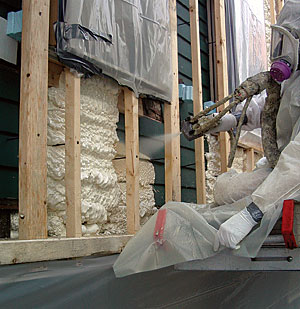
Disposable gloves aren’t just for medical and food-service professionals. They also offer some protection from grease, paint, spray foam, solvents, caulk, and other products used in construction. They can’t protect you much from splinters, however, so use leather gloves or gloves with leather palms when handling lumber. All three types of disposable gloves are available with or without a dusting of cornstarch on the inside for ease of putting on and taking off.
Latex
 Chris Ermides
Chris Ermides
The original disposable glove offers the best slip resistance and the tightest fit, so latex is a good choice when a firm grip is important. The tight fit also enhances dexterity, making latex gloves ideal for smoothing caulk. Latex has two drawbacks, however. The first is that some people are allergic to it, both through direct contact with the skin and through the inhalation of airborne particles. Reactions can be as mild as itching and a rash, and as severe as dizziness and difficulty breathing. The second is that latex degrades in contact with turpentine and petroleum-based solvents. It performs much better, however, with nonpetroleum-based solvents such as acetone and denatured alcohol.
Cost: $5 for package of 50oadedimages/Fine_Homebuilding/Articles/229/021229038-01-latex.jpg
Nitrile
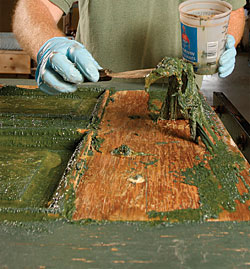 Rob Yagid
Rob Yagid
For those with an allergy to latex, nitrile gloves are a good alternative. Made from a synthetic rubber, they are more resistant to abrasions and punctures than latex. They are also less resistant to tears, however, and their fit is a little looser than that of latex gloves. They hold up better than latex to turpentine and petroleum-based solvents such as mineral spirits and naphtha, but not as well to most nonpetroleum-based solvents.
Cost: $6 for package of 50
Vinyl
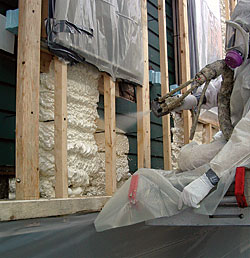 courtesey of Green Building Advisor
courtesey of Green Building Advisor
Yes, the same material that covers the outside of a third of new American houses can cover your hands when you’re handling messy stuff. Like nitrile, vinyl is an option for those with a latex allergy. Vinyl gloves don’t provide a snug fit, however, and they are only slightly more resistant to turpentine and petroleum-based solvents than latex. This makes them fine to use when painting with latex paint, for example, but not so good when caulking or thinning oil-based paint. Unless you’re allergic to latex and are looking for the cheapest gloves available, you’ll be better off with either latex or nitrile.
Cost: $5 for package of 50
Fine Homebuilding Recommended Products
Fine Homebuilding receives a commission for items purchased through links on this site, including Amazon Associates and other affiliate advertising programs.

8067 All-Weather Flashing Tape

Affordable IR Camera

Handy Heat Gun
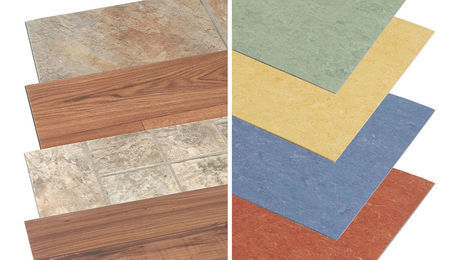
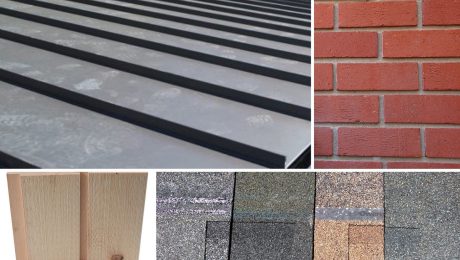
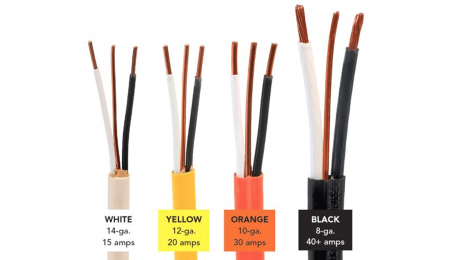
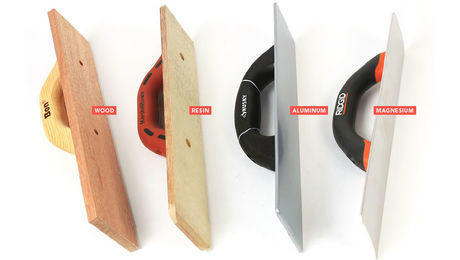























View Comments
Which one is superior among all?